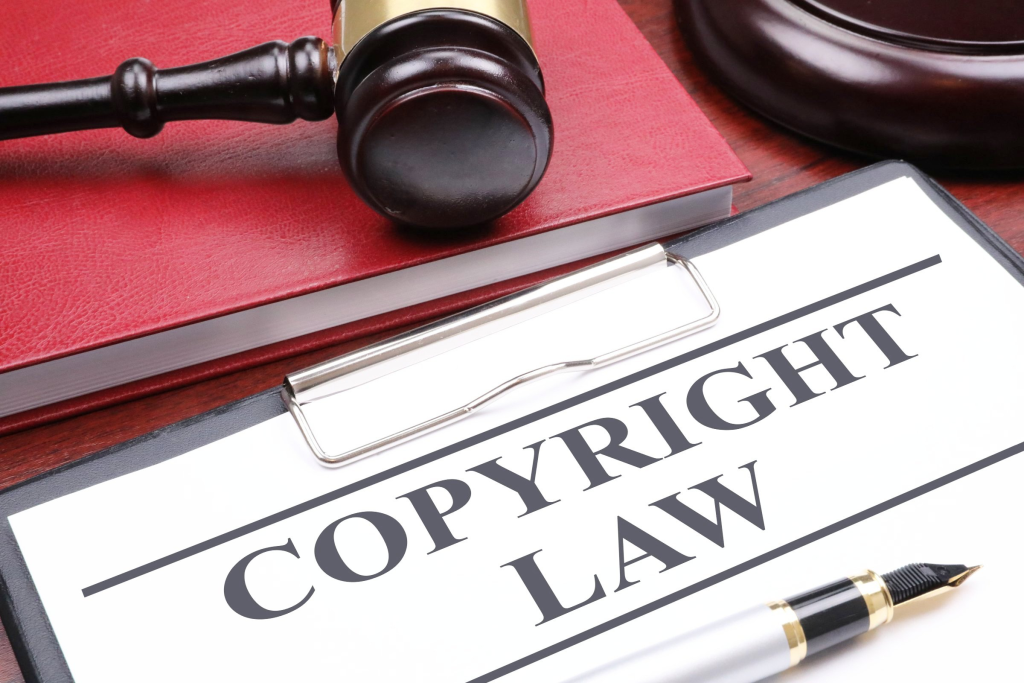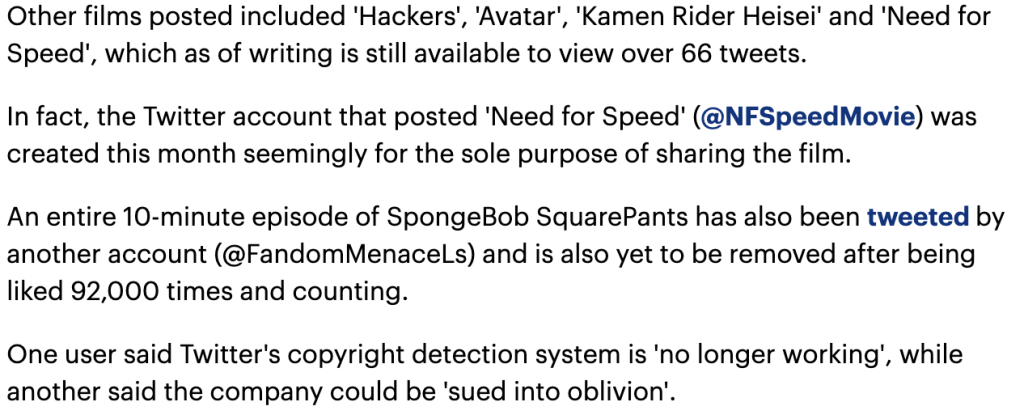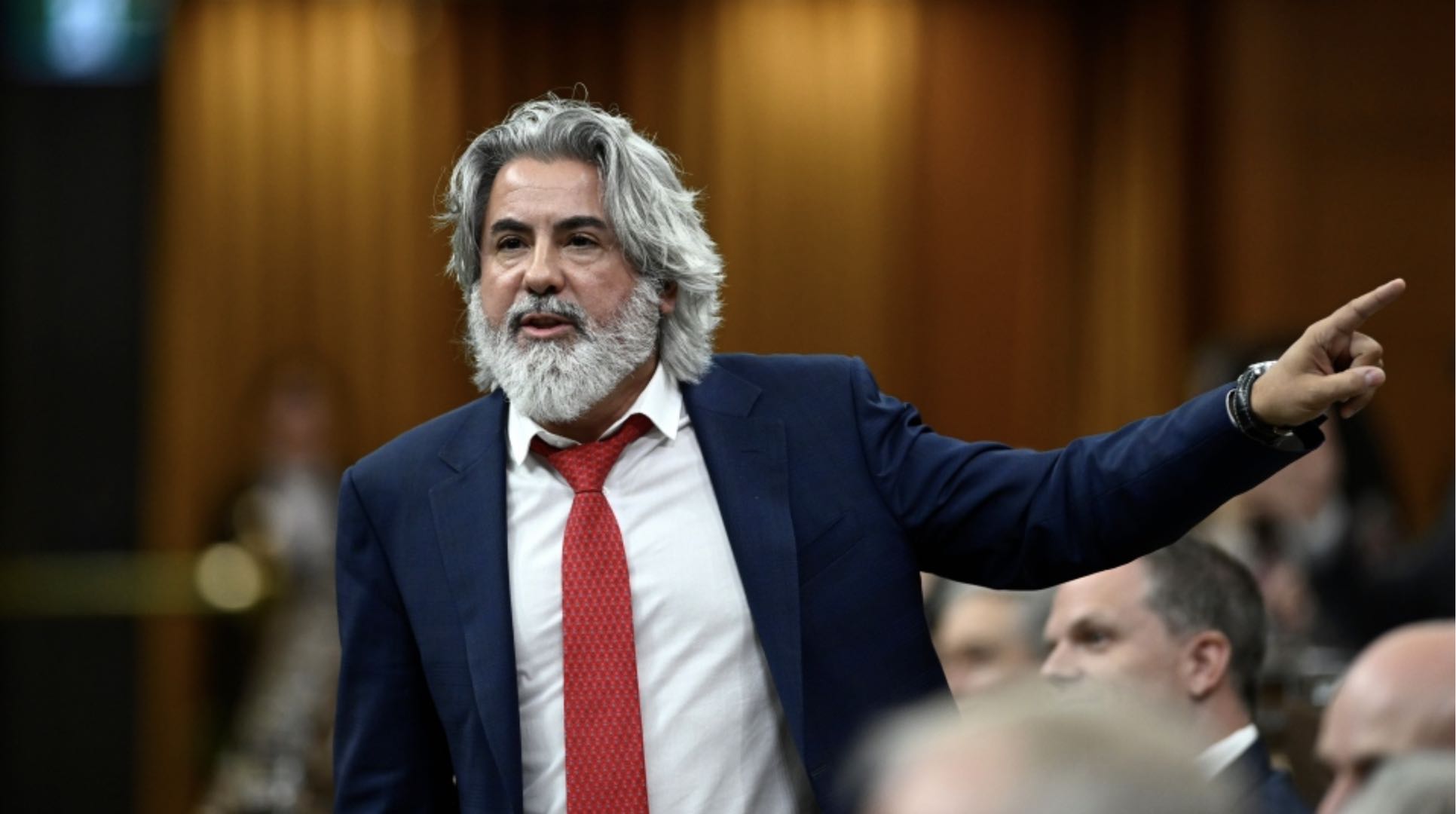
The Internet has become firmly ingrained in various aspects of our life due to the rapid progress of digitalisation and globalisation, resulting in significant convenience. With the growth of social media and digital platforms, individuals are able to access a wide variety of materials and information from any region of the globe by just connecting to the Internet and interacting with their screens. Simultaneously, the advent of the internet has given rise to contentious subjects, among which is the issue of online copyright. This article aims to examine the distinction between conventional copyright and modern internet copyright, strategies for protecting online copyright, the presence of algorithmic weaknesses and constraints on creative thinking within online copyright, and the equilibrium between creators and the general public.

An Overview of article chunk
– Copyright Past and Present
– Strategies for Protecting Copyright in the Digital Age
– Challenges encountered in Online Copyright
– A review of Online Copyright
Copyright Past and Present
Past

The concept of copyright emerged in Europe as a means to regulate the distribution of printed materials and protect the intellectual property of creators. Lottinville (1970) claims that the Act of Anne formed the fundamental framework for the contemporary understanding of copyright. The Statute of Anne, established in the United Kingdom in 1710, is an important moment in the realm of copyright legislation as it introduced a novel framework that established explicit rights upon creators (Norman, 2023). The main purpose of this legislation was to foster an environment conducive to creativity while also protecting the rights and interests of authors.

According to Quiggin and Potts (2008), individuals who create unique works are entitled to ownership. over their creations, as well as adequate payment for their efforts. The conventional copyright grants authors the authority to exercise control over their works, so safeguarding their works’ utilization for commercial purposes and enabling them to directly reap the benefits. Based on Gray (2020), the creative output of an individual is deemed as private property, therefore conferring upon the author a range of significant exclusive privileges, including the ability to duplicate, disseminate, and generate derivative works. Nevertheless, the existing copyright is rooted in historical cultural circumstances and the need to commercialize creative works for effective marketing, hence emphasizing the significance of private interests.
Present
With the rise of the digital age, the widespread adoption of the Internet, digital technologies, and social media has presented unprecedented challenges to the traditional notion of copyright. The motivation for creators to produce works extends beyond financial benefit. The act of sharing knowledge online without expecting remuneration may be attributed to altruism and the desire for an anonymous reputation (Quiggin & Potts, 2008). They suggest that this collaborative creativity, which involves the exchange of information, is not primarily driven by financial benefits. Furthermore, the proliferation of file sharing, online downloading, and streaming services has greatly facilitated the replication and dissemination of creative works, hence increasing the intricacies surrounding copyright protection. This phenomenon attributed to the advancements in communication technology.
Strategies for Protecting Copyright in the Digital Age
Multiple processes have been developed to ensure the protection of copyright on the Internet, with the aim of defending the rights of owners of copyright and encouraging the effective transmission of public resources.

- Legal:
According to the U.S. Copyright Office (2020), the Digital Millennium Copyright Act (DMCA) provides copyright owners the authority to inform internet service providers about the presence of copyrighted content that is being infringed upon, with the intention of having it removed (Notice and takedown).
- Technological:
1. Digital Rights Management (DRM) is a technology that use encryption to confine copyrighted information within a highly regulated framework, therefore restricting users from participating in activities that may violate copyright (Suzor, 2019).
2. Algorithmic methods capable of promptly identifying copyrighted material upon upload and effectively inhibiting its dissemination on prominent commercial platforms (Suzor, 2019).
3. Google has created a system called Content ID for YouTube. This technology is designed to detect and identify unique digital markers, the digital fingerprints, that are associated with copyrighted content (Suzor, 2019).

The effective protection of online copyright in internet media is achievable with the establishment of strong collaboration between copyright owners, Internet media firms, and algorithmic companies. These methods not only serve to protect the rights of copyright owners, mitigate instances of infringement, and uphold the standards of creative production, but also respect to ethical principles. Nevertheless, these methods exhibit a shared limitation. According to Suzor (2019), the authority of copyright holders is not superseded by valid legal procedures, but rather by corporate regulations that are upheld by algorithms. This also prompts contemplation, does this imply that in the era of digitalization, particularly when examining online copyright material, algorithms exceed their privileges by being endowed with excessive rights?
Challenges Encountered in Online Copyright
The objective of internet copyright is to establish an equilibrium between protecting the rights of creators and facilitating public access. However, the effective protection of online copyrights faces challenges. Although algorithmic technologies have made significant advancements in the field of copyright protection, their effectiveness remains limited. Numerous online platforms heavily depend on algorithmic systems for monitoring and preventing the posting of unapproved content. However, these systems cannot achieve perfect accuracy. As an illustration, certain Twitter users have encountered notice and takedown policy or suspensions due to the publishing of copyrighted material. However, there exist people who manage to survive on Twitter although sharing full videos of Avatar and Fast and the Furious (Chadwick, 2022).

Considering the utilisation of algorithmic tools, many messages continue to evade detection, particularly those with videos that have escaped the copyright system implemented by Twitter. To effectively manage these problems, it is important for platforms like Twitter to consistently enhance and refine their algorithmic methodologies. Furthermore, it could potentially worth considering the integration of human inspection when deemed suitable. The process of restoring a suspended Twitter account due to the publishing of copyrighted content is complex. The following video shows how to return a Twitter account from suspension. Users who unintentionally utilise the music risk having their accounts suspended by Twitter’s algorithm since Twitter refuses to obtain music licences.

Another challenge of copyright is the potential restriction of creative expression. According to Vrakas (2021), users often cite the remix culture and memes as examples of creative content reuse, although copyright imposes limitations on these practises. Copyright might potentially limit the development of creative works that draw inspiration from pre-existing content, as there is a risk of copyright infringement. In addition, there is ambiguity around the parameters that permit specific unlawful utilisation of resources, hence causing concern among remix and memes user over the potential infringement of copyright. Hence, there is a pressing need for improved guidelines and regulations regarding the creation of derivative works utilising pre-existing content. Clarity on the limitations of online copyright is essential for fostering a digital culture that values creativity and respects copyrighted works.
A review of Online Copyright

In the digital age, striking an equilibrium between protecting creative works and providing public accessibility has become more challenging. It is evident that copyright owners, internet media companies, algorithm firms, and legal entities, share a common interest in enhancing the efficacy of online copyright protection. It is important to consider the overreliance on algorithmic technology within the existing approach, and the legislation is to protect Internet media companies. The unresolved issues of limited creative freedom and algorithmic weaknesses arise for more attention and resolution. The existing algorithmic technology necessitates a reevaluation or potential restructuring of online copyright regulations. The restoration of the equilibrium may be facilitated by implementing strategy that offers authors a degree of protection, while also affording consumers greater flexibility in terms of accessing and creatively using works. It is important to acknowledge that finding straightforward answers to this complex issue is challenging.
All aspects related to the implementation of copyright regulations in the area of digital media remain imperative. It is expected that an organised and simplified solution will be constructed in the future to effectively protect copyright.
Reference
Bucket Fam Hoops. (2020, March 22). Get your twitter account back | copyright | suspended. YouTube. https://www.youtube.com/watch?v=Bnm5XfB4mqM
Chadwick, J. (2022, November 21). Has elon musk broken twitter’s copyright system? users are posting full-length films to the platform including avatar and the fast and the furious: Tokyo drift. Daily Mail Australia. https://www.dailymail.co.uk/sciencetech/article-11452289/Twitter-users-posting- length-films-despite-copyright-rules.html
Gray, J. E. (2020). The Value and Function of Copyright: Why the Copyright Debate Matters to Us All. In Google rules: The history and future of copyright under the influence of google (pp. 19–40). Oxford University Press. https://doi.org/10.1093/oso/9780190072070.003.0002
Lottinville, S. (1970). Copyright in historical perspective. The Journal of Southern History, 36(3), 480–481. https://doi.org/10.2307/2206250
Norman, J. M. (2023). The statute of anne: The first copyright statute. The Statute of Anne: The First Copyright Statute : History of Information. https://www.historyofinformation.com/detail.php?entryid=3389
Quiggin, J., & Potts, J. (2008). Economics of non-market innovation and Digital Literacy. Media International Australia, 128(1), 144–150. https://doi.org/10.1177/1329878×0812800118
Suzor, N. P. (2019). How Copyright Shaped the Internet. In Lawless: The secret rules that govern our digital lives (pp. 59–78). Cambridge University Press. https://doi.org/10.1017/9781108666428
U.S. Copyright Office. (2020). The Digital Millennium Copyright Act. https://www.copyright.gov/dmca/
Vrakas, G. D. (2021). Does Copyright Support Musical Creativity in a Remix Era? In EU internet law in the Digital Single Market (pp. 177–204). Springer. https://doi.org/10.1007/978-3-030-69583-5_7

